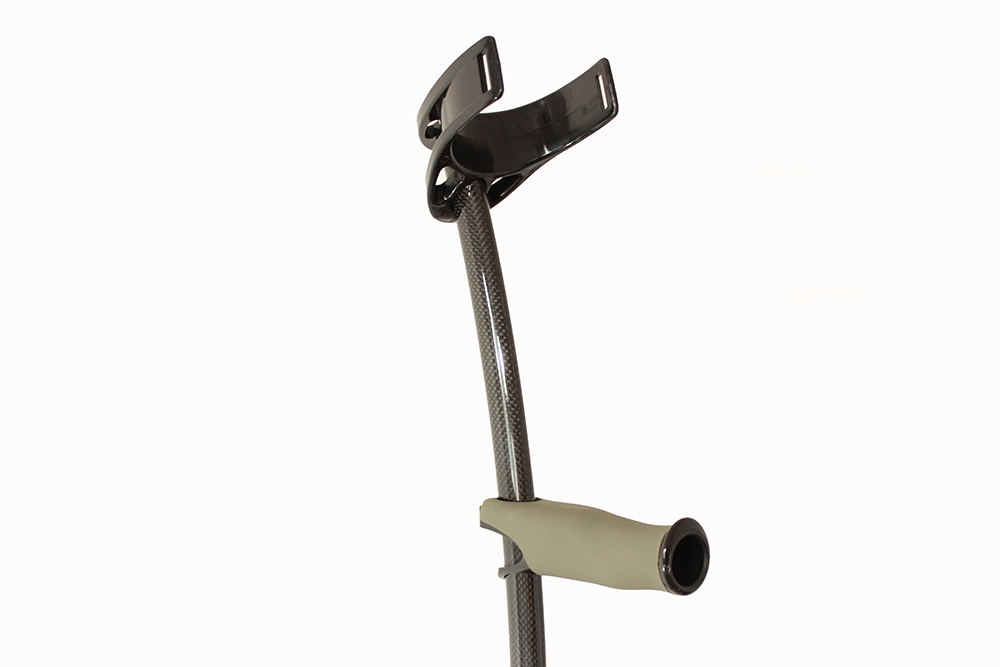Can I walk with a Walker boot?
After a fracture or sprain, the walking boot often replaces the cast. But can you really walk with this type of orthopedic brace? The answer depends on your condition, the healing phase, and the boot model. Here’s what you need to know before putting your foot down.

How to walk with a walking boot without crutches?
Walking without crutches in a walking boot is possible but should be done gradually and always after medical approval. The INDESmed orthopedic boot effectively supports the joint while allowing some mobility that promotes healing. It acts as an orthopedic brace by immobilizing the ankle or foot while allowing partial or full weight-bearing depending on the healing phase.
Here are the steps to follow to walk without crutches:
1. Listen to medical advice
Before trying, ask your doctor or physiotherapist if full weight-bearing is allowed. In some cases (fracture, severe sprain), walking too early without crutches can delay healing or cause relapse.
2. Start with partial weight-bearing
Hold onto a stable surface (handrail, wall, furniture) and gently place the booted foot on the ground without putting all your weight on it. This tests pain tolerance.
3. Adjust your gait
Move the walking boot slightly ahead of the healthy foot and gradually transfer your body weight. Avoid long strides to prevent twisting the ankle.
4. Use temporary support
Even if the goal is to walk without crutches, it is advisable to keep light support with a cane or one crutch during the first days.
5. Monitor warning signs
If you experience sharp pain, excessive swelling, or instability, reduce weight-bearing and resume using crutches.
💡 Tip: After a malleolus fracture, it is often possible to walk without crutches in a walking boot after a few weeks. However, gradual weight-bearing and a rehabilitation program are essential to regain a natural gait quickly.
When can the walking boot be removed?
The duration of wearing a walking boot depends on the diagnosis (fracture, severe sprain, surgery…). On average:
- Ankle sprain: 2 to 4 weeks
- Foot or malleolus fracture: 4 to 6 weeks
- Post-operative: as prescribed
⚠️ Never remove your orthopedic walking boot without medical advice, even if the pain has disappeared.
What shoes to wear with a walking boot?
To avoid imbalance, it is recommended to wear a shoe with a thicker sole on the opposite foot. Ideally:
- A sneaker or sports shoe with a thick sole
- An adjustable orthopedic insole
- A lightweight but stable shoe
💡 Advice: Prefer a short walking boot or hybrid boot that offers more freedom of movement and adapts easily to all types of shoes.
FAQ
Yes, if your doctor permits weight-bearing. The boot allows secure walking thanks to its flat sole and reinforced support.
Does the walking boot completely replace the cast?
In many cases yes, especially for stable sprains and fractures, but the final decision lies with the doctor.
Is the boot compatible with anticoagulant treatment?
Yes. Unlike a cast, the walking boot does not completely immobilize, reducing the risk of thrombosis in patients on anticoagulants.
info@indesmed.com
Add suggested products
Grip - Black/XL/fully open Cuff


